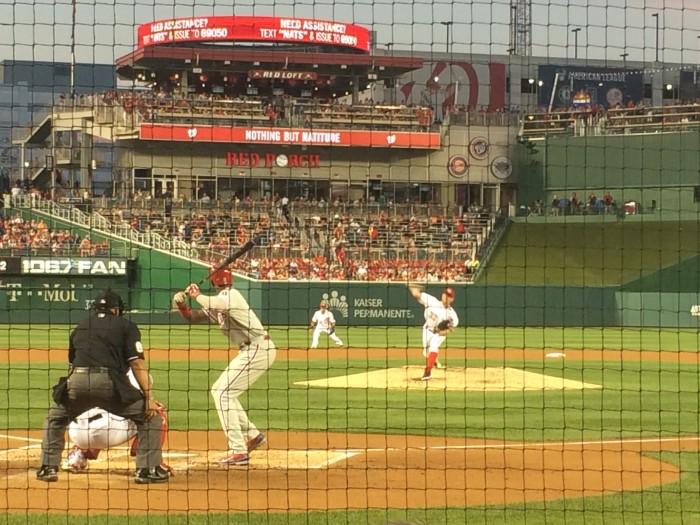
It’s been three weeks since the NFL opened for the season and the dust has finally settled on the whirlwind of trades that gripped the league for the past month: LeSean McCoy to the Bills, DeMarco Murray to the Eagles and so on and so forth. While some of these major swaps are to fill position needs, many are just to save a few more dollars and cents towards the hard salary cap.
Such drama is not the same for baseball. Without a cap, large franchises with generous owners can bankroll huge budgets, snatching up stars from smaller teams without needing to dump others. Take for example the Los Angeles Dodgers. Newly empowered with over $150 million, in the course of the 2012 offseason they were able to steal half a dozen stars, including Jimmy Rollins and Zack Greinke, leaving their former teams bereft. By the end of the year, they had transformed themselves from a middling .500 team to a top team in the National League.
There are two reasons why such wheeling-and-dealing is ultimately harmful to America’s pastime.
First, it perpetuates permanent inequalities between teams. Small-market and small-budget teams like the Tampa Bay Rays and Miami Marlins have almost no capacity to retain many major players. If a player gets good they’ll get gobbled up by a bigger and better team. Even if they manage to hold on to a player, like the Marlins did with Giancarlo Stanton, the competition with big budget teams drives up the players’ price and makes the cost too prohibitive to allow them any money to spend on anyone else. And unlike in the NFL, these buying teams don’t have to worry about how much they’re spending; the sky’s the limit.
This problem gets compounded due to the inefficacy of baseball’s draft. In sports like basketball and football, where drafted players go right into the starting lineup, getting the top or a middle draft-pick matters a lot: it could mean the difference between a new star quarterback and a middling lineman. In baseball, however, the players will still likely need to spend a year or two in the minors and even then might not pan out. So whereas in basketball and football they have a built-in mechanism to even the playing field after each season, baseball lacks that, making the need for a salary cap even more pressing.
Second, it leads to the ballooning of player’s salaries. Unlike in football where paying $10 million a year for a star player like Ndamukong Suh makes huge waves as the largest deal in history, in baseball few would bat an eye at paying $30 million for a good pitcher who pitches one out of every five games. That inflation of wages just further prices out smaller market teams and makes it harder for them to compete.
Money isn’t, of course, a panacea to teams’ problems. The Yankees with their mega-budget are still in the dumps and the Royals shocked everyone with their impressive run into the World Series last year. But without a large payroll, it is still unlikely that their success will be sustained with all their players vulnerable to being scooped up by someone else.
Of course, there are many significant barriers to this plan being implemented. It would first have to pass the MLB players’ union, who would most likely oppose any measure to limit the salaries of their players. It would also require some form of revenue-sharing agreement like the NFL has, since even with a cap Miami would not have enough money and the Yankees would have too much.
But overall, baseball needs this kind of equality if it ever wants to have true competition. This reform should be one of the top things on the new commissioner’s mind if he wants to attract new fans to the declining sport.






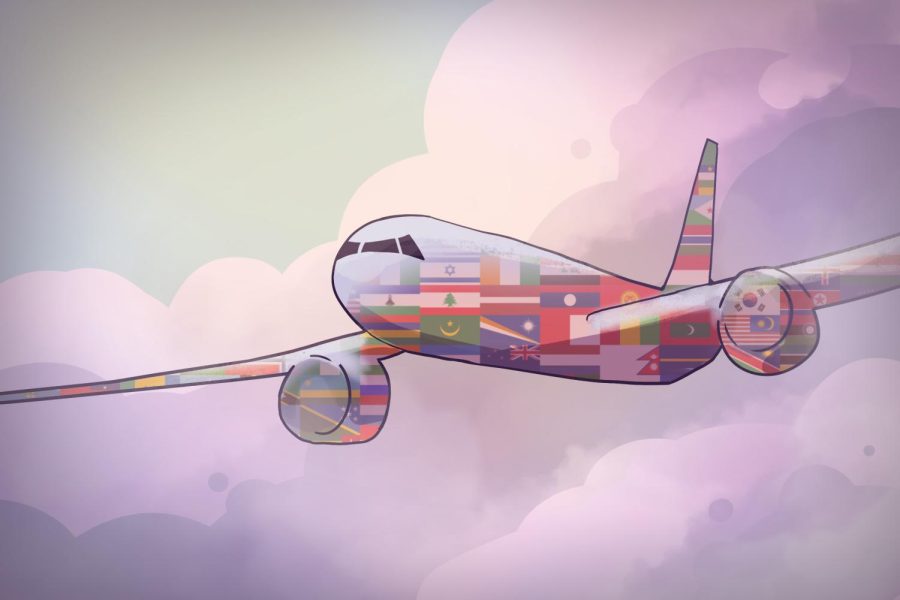


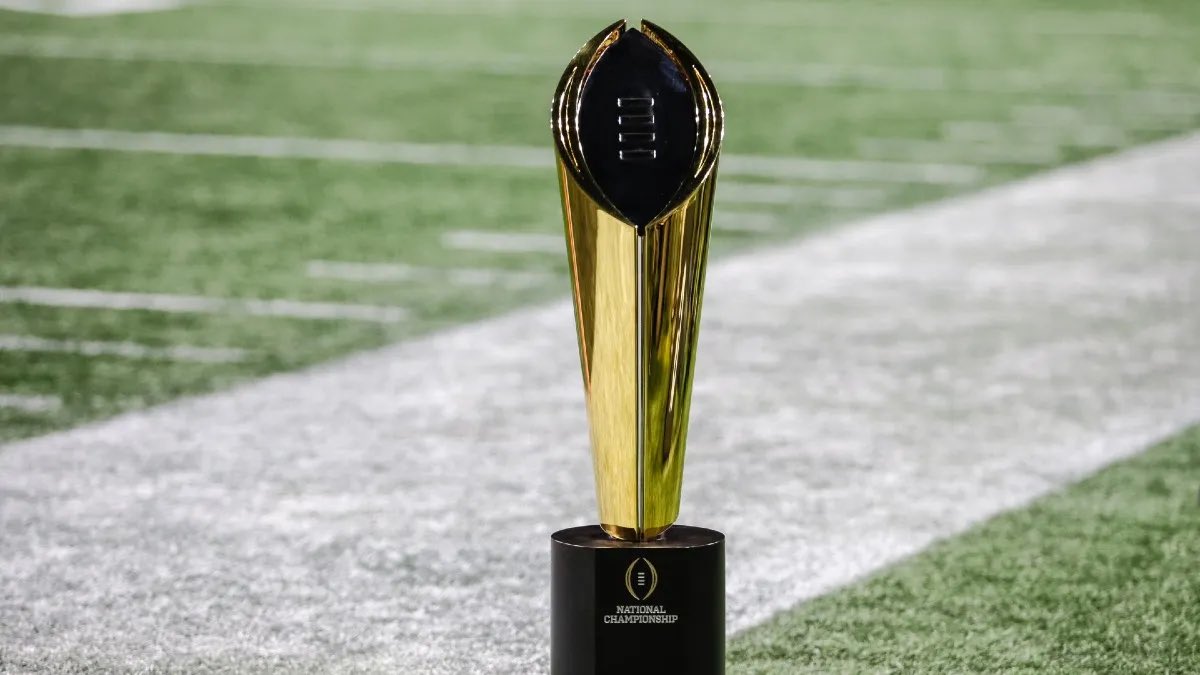

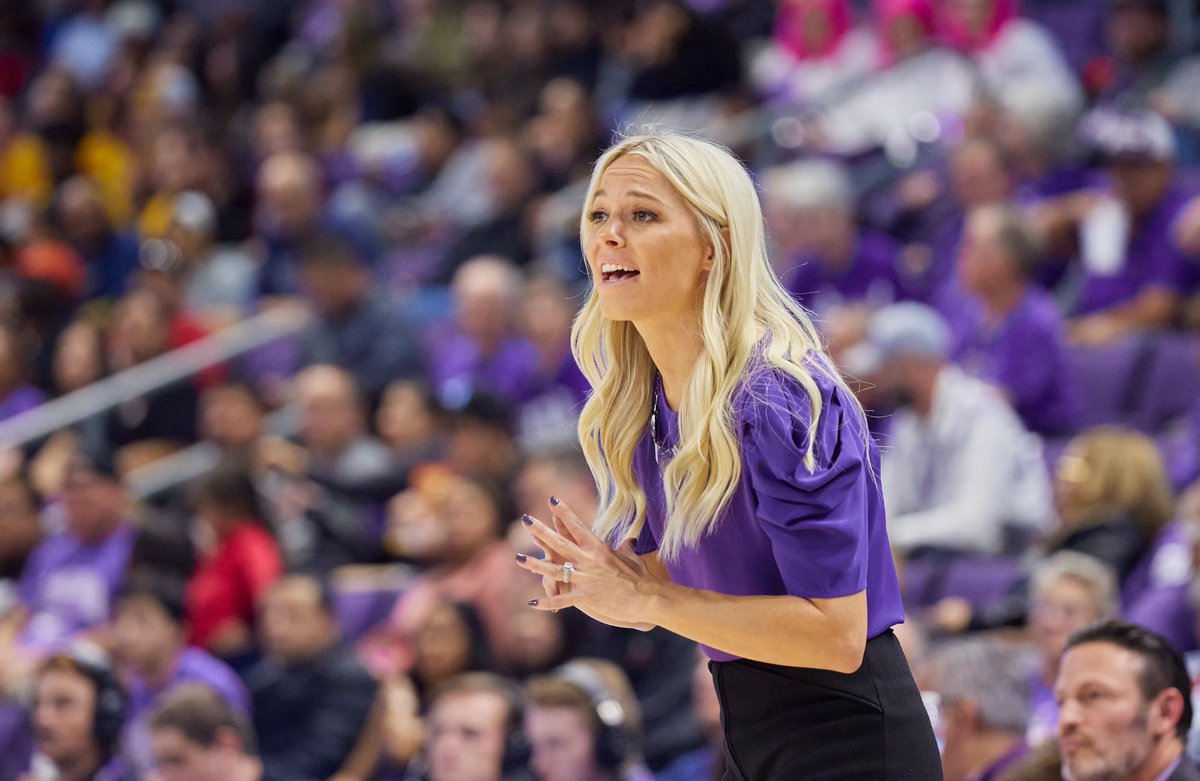
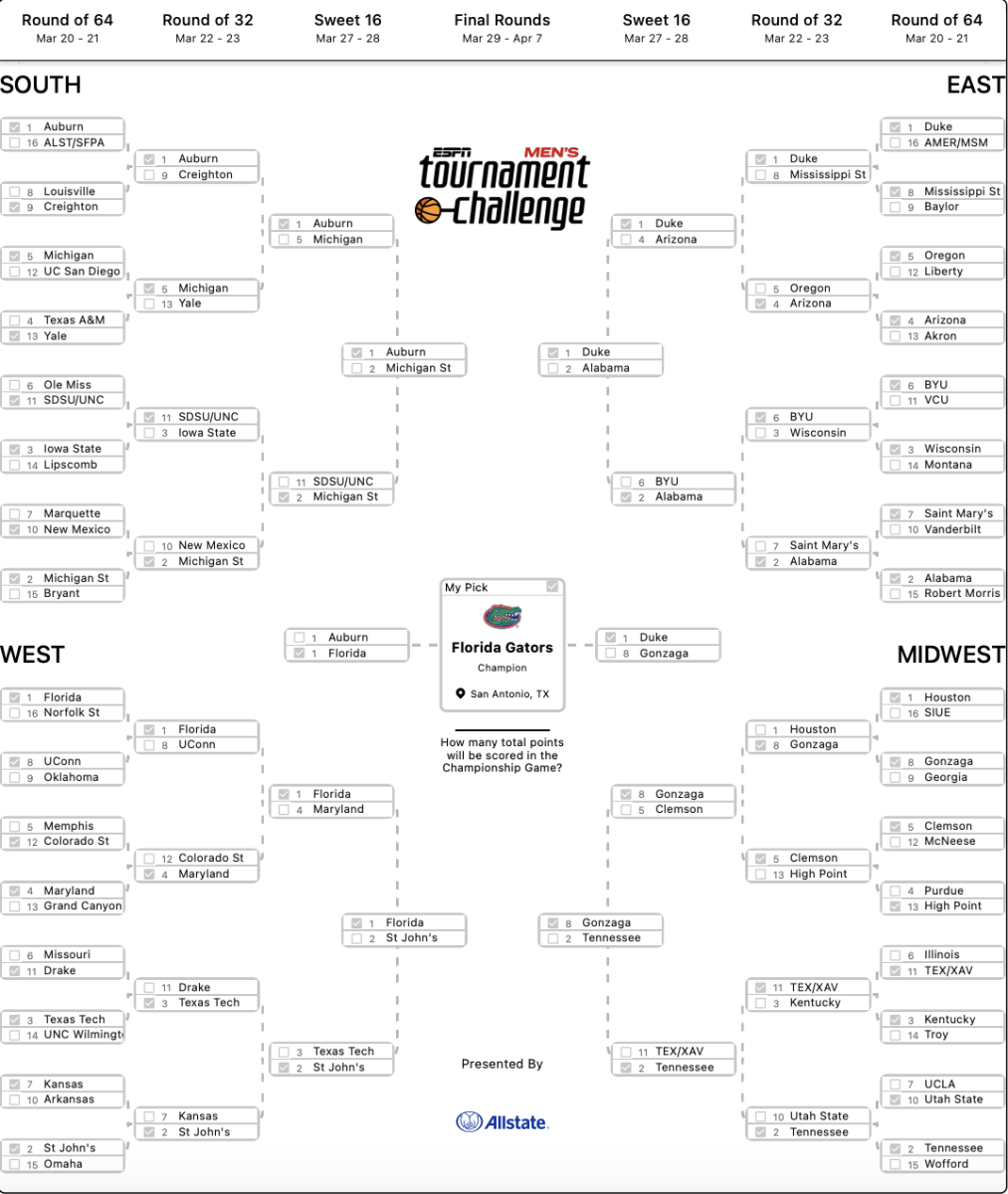
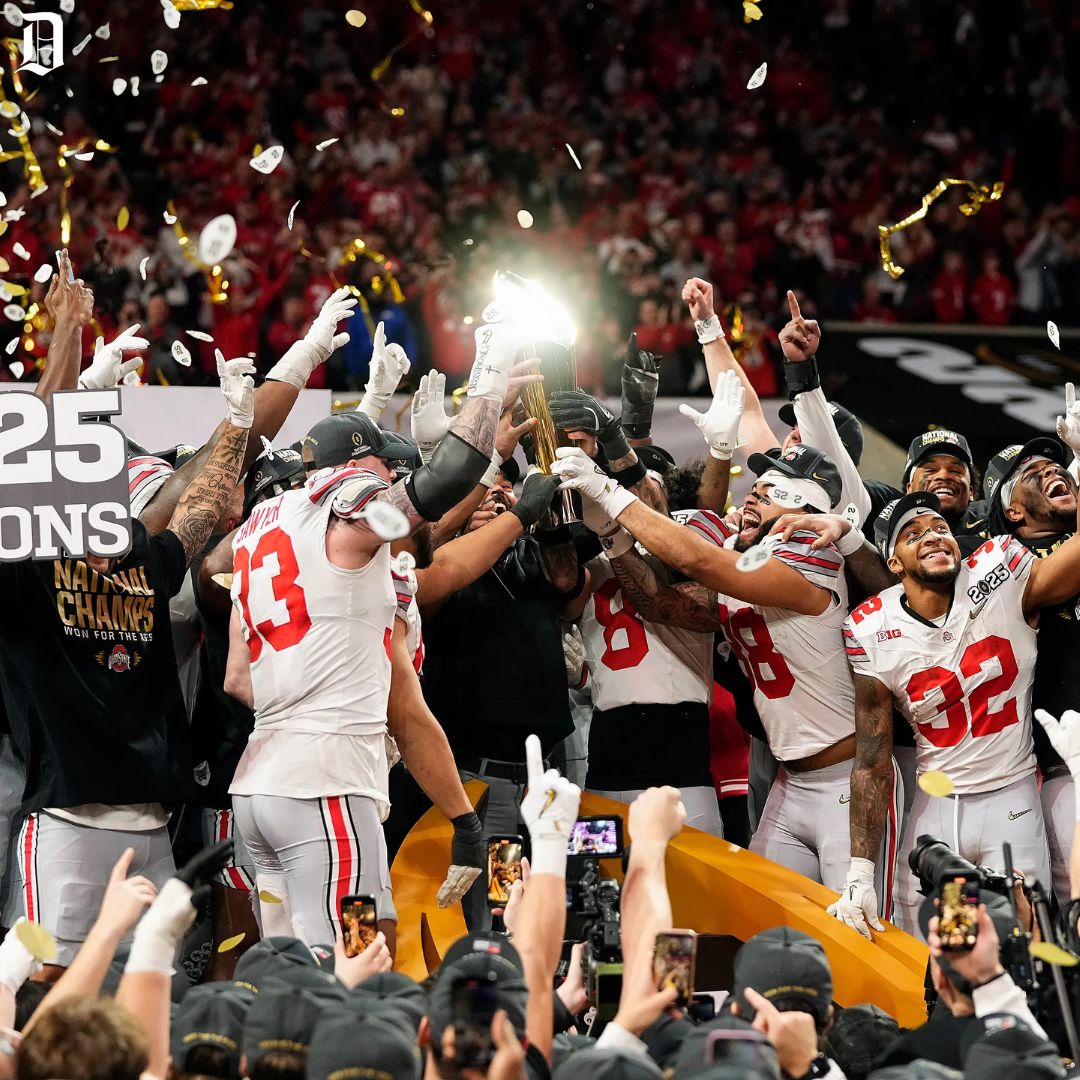

ssese • Apr 2, 2015 at 10:44 am
no, they don’t. its called revenue sharing